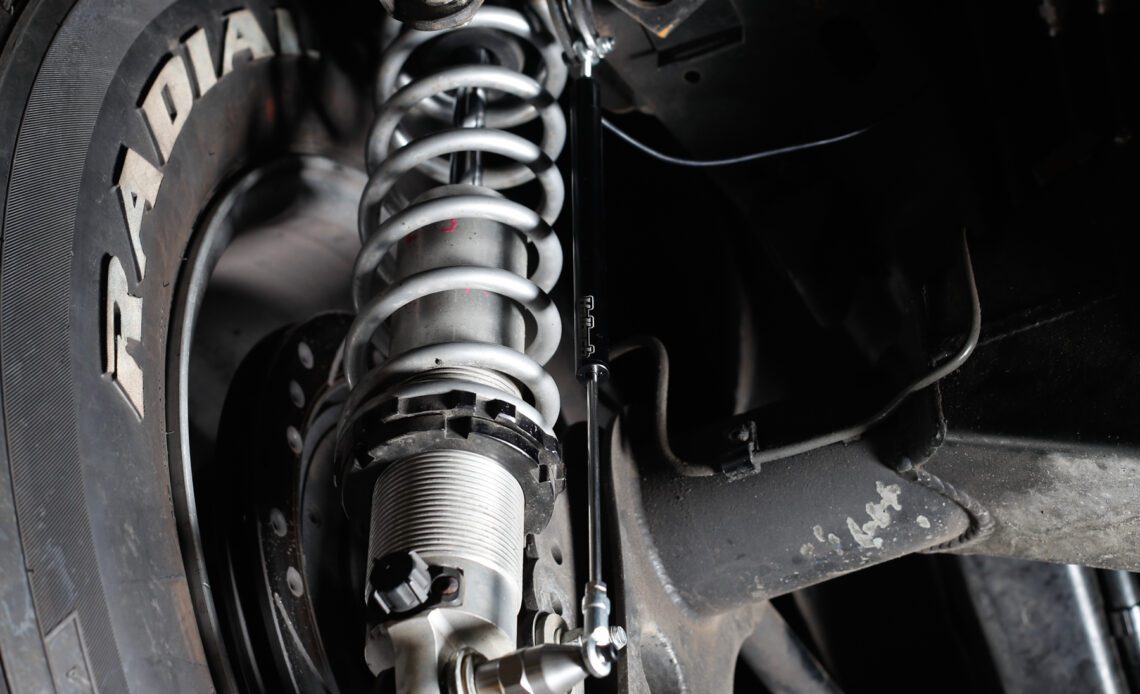The type of data you can monitor is only limited by your imagination and wallet. Racers use linear position sensors for all kinds of data acquisition on a vehicle. In this video, our friends at Haltech explain what a linear position sensor is, how it works, and what it can monitor on a race car.
A liner position sensor has a pretty straightforward design and doesn’t require any special calibration before it can be used. The sensor uses a slider that travels in two directions inside a cylinder. This sensor divides applied voltage proportionally through its operating rage, this generates a voltage output that’s based on where the slider is inside the case. The amount of voltage that’s generated is sent to the ECU so it can determine how much the slider has traveled. The ECU can also use the voltage data to determine how quickly the slider is compressed and how far it moves.
Eric Gash from Haltech explains how a linear position sensor is used in a drag racing setting.
“Linear Position sensors are first typically used to measure suspension and/or shock position during a run. One of the first things the chassis/suspension tuner looks at in the data is how quickly the front shocks top out, and what are the rear shocks doing during the run. In a radial car, the front and rear shocks are typically extending during the beginning of the run, so the data analysis focuses on how fast and how far the shocks are extending. The tuner can then make shock adjustments to match the power management tuning, all of which should match the track conditions and can be logged and verified from run to run via the onboard data acquisition.”
The data gathered by the linear position sensor is a valuable tuning tool, but it can also be used to diagnose potential issues with a vehicle’s suspension.
“The data can also show if there are suspension component failures. For example, if a car is going into wheel stands, and the front shock sensor data shows the front shock to be extending much faster than previous runs, and extension is adjusted to be tight (i.e. slower extension), this could mean the shock valving/seals have failed and should be serviced,” Gash explains.
A linear position can be used in other areas of your vehicle. These sensors can be used to measure where a shifter linkage is positioned to confirm when gears are engaged, or can be used as a throttle position sensor on a roots or screw-blown…
Click Here to Read the Full Original Article at DragzineDragzine…

